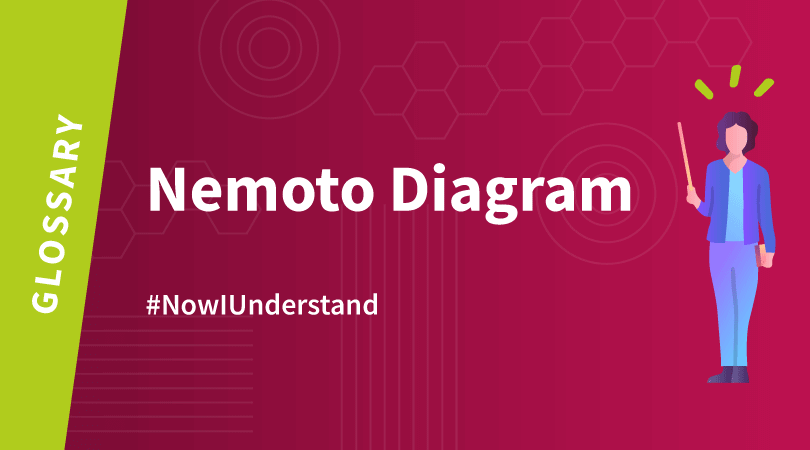The Stage-Gate model is a technique applied to new product development projects that serves to create more value. Its strength is that it genuinely improves an organisation’s ability to convert innovative ideas into practical applications and new products, using a roadmap comprising various deliverables (“stages”). When executed correctly, it enables a continuous flow of innovation and new product creation to be maintained.
It is accordingly considered to be an “industry standard” in product innovation, hugely popular and adopted in numerous industry sectors by businesses of all sizes.
The origins of the Stage-Gate model
The term “stage gate” appeared for the first time in 1988, introduced by Robert G. Cooper in an article published in the “Journal of Marketing Management”.
Working at Product Development Institute Inc., Robert G. Cooper and Scott J. Edgett analysed various processes applied to around sixty new product launches, whether successful or otherwise, and interviewed a large number of senior managers. On the basis of their observations of real-life experiences, they set out the Stage-Gate process, a registered trademark of Product Development Institute Inc.
Stage-Gate: an approach in five phases and four gates
The Stage-Gate model, also known as the phase-gate method, is therefore a new product launch process.
The innovation process is broken down into five major phases, each of these phases (or stages) being preceded by a gate, making four gates in total. These gates are intermediate management ratification steps, waypoints which must be passed to either start the following stage or kill the project.
There is nonetheless a sort of sixth preliminary phase, which could be called “phase 0”. This is a discovery or ideation stage when members of staff consider market opportunities and brainstorm new ideas.
The five phases in the Stage-Gate process
The Stage-Gate technique breaks new product development projects into five phases:
- Scoping, where the relevance of the idea is assessed, its scope and feasibility are clarified and evaluated, and the market and competition evaluated.
- Business case creation, entailing more in-depth investigation so as to build a business simulation, including identifying customer and end-user requirements, determining product positioning, defining product specifications, and project scheduling.
- Development, focused on new product design with preliminary tests with potential customers, and preparation of a production plan and a launch plan.
- Testing and validation, during which tests are conducted (in a lab, in the factory, with customers, etc.) and product launch scenarios are ratified.
- Launch phase, when the product enters the market, with monitoring of production and quality.
And the four gates…
In between each of the phases, the gates serve as “quality control”, entailing intermediate meetings to clearly set out the project’s situation by assessing costs, current and future timescales, potential risks, quality control and staff involvement.
The advantages of the Stage-Gate method
While primarily a management process designed for product innovation, the method can also be applied in many areas of your project portfolio management. It offers many benefits:
- It helps improve the structuring of project progress milestones and the production of a clear schedule;
- It often helps eliminate potential risks or errors in the project lifecycle;
- It contributes to better decision-making and maximised value creation on the basis of the organisation’s strategic objectives;
- Lastly, it improves collaboration both internally (between cross-functional teams) and externally (with partners) and consequently creates equilibrium across all projects.
To get a head start in project management techniques, download our ebook on collaborative project management and give fresh impetus to your employees:




